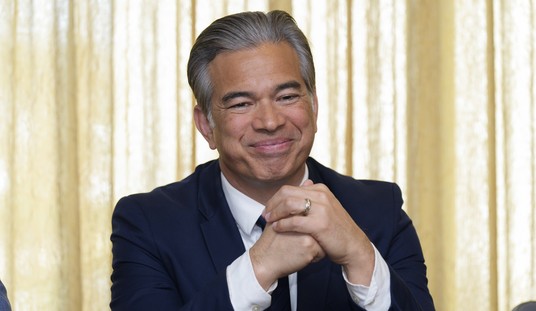This whole gun confiscation thing just isn’t working out like Prime Minister Jacinda Ardern hoped it would. Not only are compliance rates for the compensated confiscation program hovering around 20% with just a few weeks left in the amnesty period, New Zealanders are now buying up semi-automatic .22 rifles like never before.
Thousands of semi-automatic firearms are being imported to New Zealand so gun owners can re-arm after weapons used in the March 15 Christchurch terror attack were banned.
Gun dealers have responded quickly to sweeping law changes which banned most semi-automatic firearms in April, and have been granted licences to import nearly 7000 semi-automatic rifles which remained permitted.
The number of import permits, issued by police, show firearms owners are keen to replace guns headed to the smelter with .22 calibre semi-automatic “bunny guns”.
Yep, .22 caliber rifles were exempt under New Zealand’s ban, though magazines are capped at ten rounds. As a result, they’ve become quite popular among gun owners. 7,000 firearms may not sound like a lot, but remember that the population of New Zealand is less than 5-million people. For the small country it’s a big surge.
The smaller-calibre .22 rifles, which can legally hold up to 10 bullets and can resemble military-style firearms, escaped the clampdown as they are considered safer than larger calibre weapons and useful for killing farm pests.
In the six months prior to April’s law change, import permits for the same .22 semi-automatic rifles totalled 1000 — a seventh of the import permits sought afterwards.
As you can imagine, gun control advocates are ticked off that people are still daring to buy firearms, and the fact that .22’s are becoming incredibly popular means they must be banned.
Massey University senior lecturer Hera Cook, a member of lobby group Gun Control NZ, said New Zealand should have further restricted access of the .22 guns to farmers and other specific occupations — as Australia did.
Cook said a combination of new firearm control measures, such as a firearm register, would assist with mitigating the risk such guns posed.
“The gun lobby should stop moaning, there are perfectly acceptable substitutes for the guns that are being handed in, and gun owners are buying them.”
“Shut up and accept more gun control because I said so” isn’t a great argument, as far as I’m concerned, but Hera Cook is more likely to get her way than gun owners are, unfortunately. This isn’t a debate about who has the best ideas anymore. In New Zealand, it’s now an experiment testing the hypothesis that you can ban your way to safety. As it turns out, one of the variables the social scientists have failed to account for is the desire by large numbers of people to continue to own and acquire firearms, despite the imposition of new legal hurdles and attempts to attach a social stigma to gun ownership. You could call it the “X Factor”, but “F” and “U” might be more appropriate letters to use instead.
The December 20th deadline for New Zealanders to turn over their banned firearms to the government in exchange for some cash is quickly approaching, and perhaps will see a surge of turn-ins right before the deadline. Right now it’s looking like not only are many gun owners determined to hang on to their firearms, they’re going to add to their collection or maybe even pick up a firearm for the very first time as well.









Join the conversation as a VIP Member